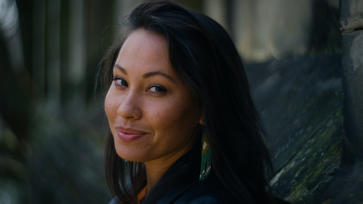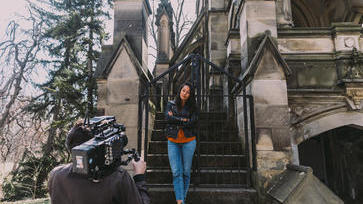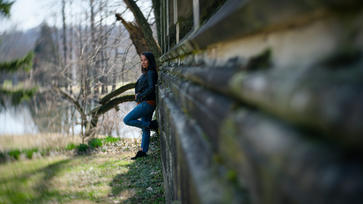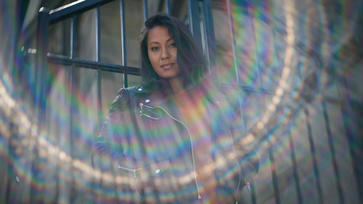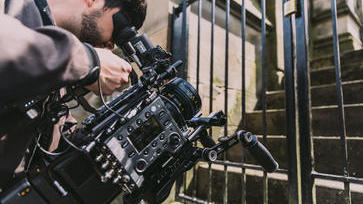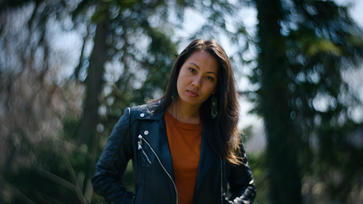The Petzval Lenses: A Modern Classic
Published: 16-04-2019
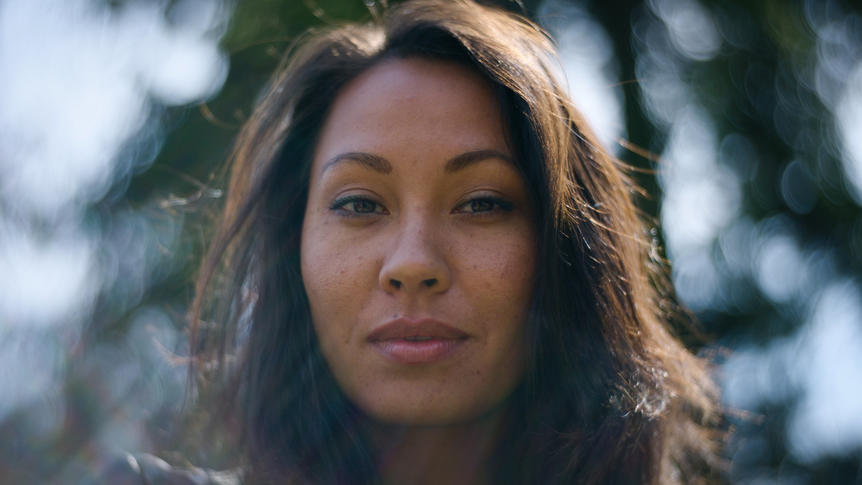
As published by The Camera Department
We are proud to add two very unique lenses to our full-frame lens arsenal. They utilize a nearly two hundred year old optical design, but in modern TLS housings.
The Petzval 58mm and 85mm are two re-housed still photography lenses that were designed by Joseph Petzval in 1840 and first built by the Voigltander company in Austria. The petzval lens was one of the first mathematically calculated lens objectives and at the time won praise in the scientific community. In 2013, Lomography started a successful kickstarter campaign to bring the lens back to life and recently TLS has been rehousing the lens for use on cinema cameras.
These days cinematographers will stop at nothing to add character to their images.
Flares, filters, prisms, and panty hose are only some of the tools used to ‘de-tune’ digital images and currently, bokeh is king. Drawing a striking similarity from anamorphic glass is the lovely, painterly, waterful bokeh that seems to swirl around the center of the frame making it an ideal portrait lens. The circular nature of the out of focus areas force the eye straight to the subject.
The TLS housings are a welcomed modification making them feel right at home on a cinema camera.
The housings are robust and the cam-driven focus gear is silky smooth reminiscent of a Cooke s4. The Petzval primes were designed for the full-frame film format so I was eager to get them on a full-frame sensor. On the new Sony Venice, these lenses are absolutely beautiful.
Kentucky-based actor, model, and filmmaker Abi Esmena joined us at the Spring Grove Cemetery for a quick shoot to see how these lenses perform.
Shooting with these primes wide open is where you will get the most out-of-focus characteristics and swirl effect however there is a slight softening veil.
Closing down to a T2.8 is where the veil disappears while retaining the swirl effect. Shooting into a direct light source offers a subtle glowing flare. An off-axis light source maximizes the flare as it bounces around the elements causing a beautiful, multi-haloed, eyelash effect. The still versions of these primes did not use a traditional iris cam so TLS has created their own 16-blade circular iris. The 58mm originally had a third ‘bokeh control’ ring that would increase or decrease the swirl effect but TLS opted to remove this ring because it shifted the focus marks. Instead they matched the bokeh intensity to that of the 85mm. Both primes have a chassis-style housing with a 110mm diameter front for easy mounting of matteboxes. The 58mm has a close focus distance of 2 feet while the 85mm has a close focus distance of 3 feet.







